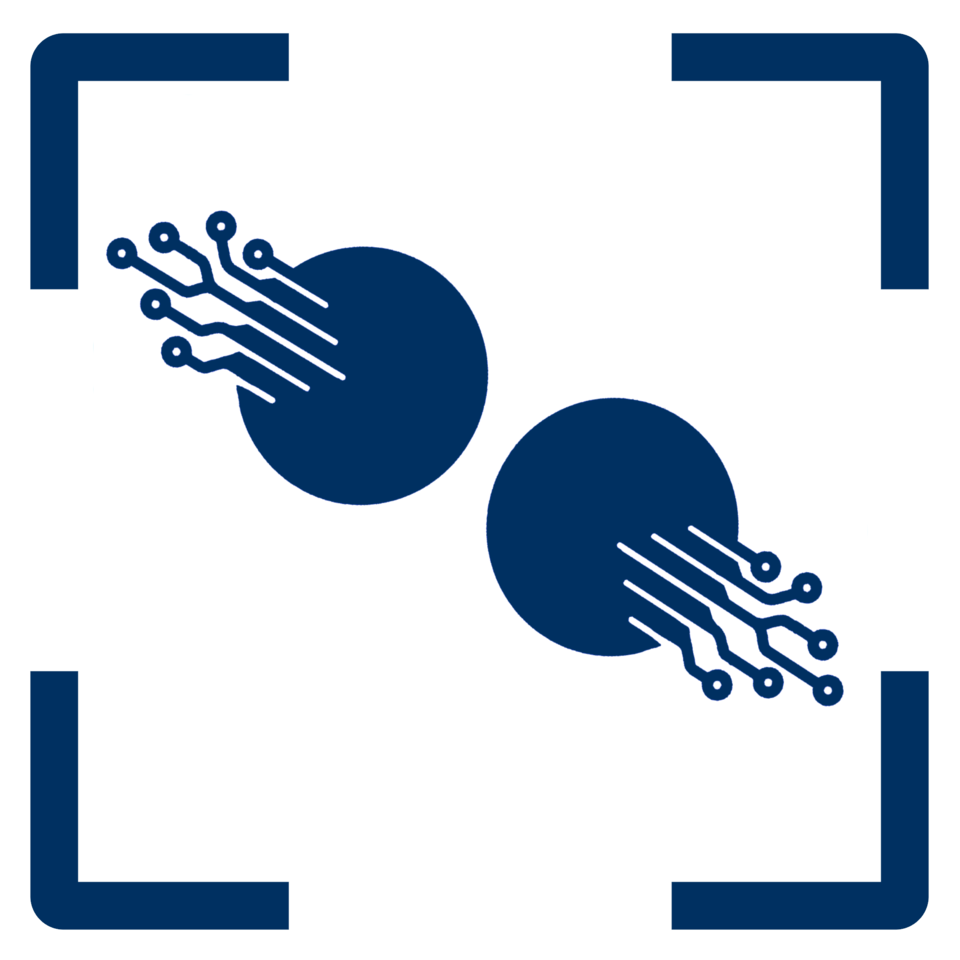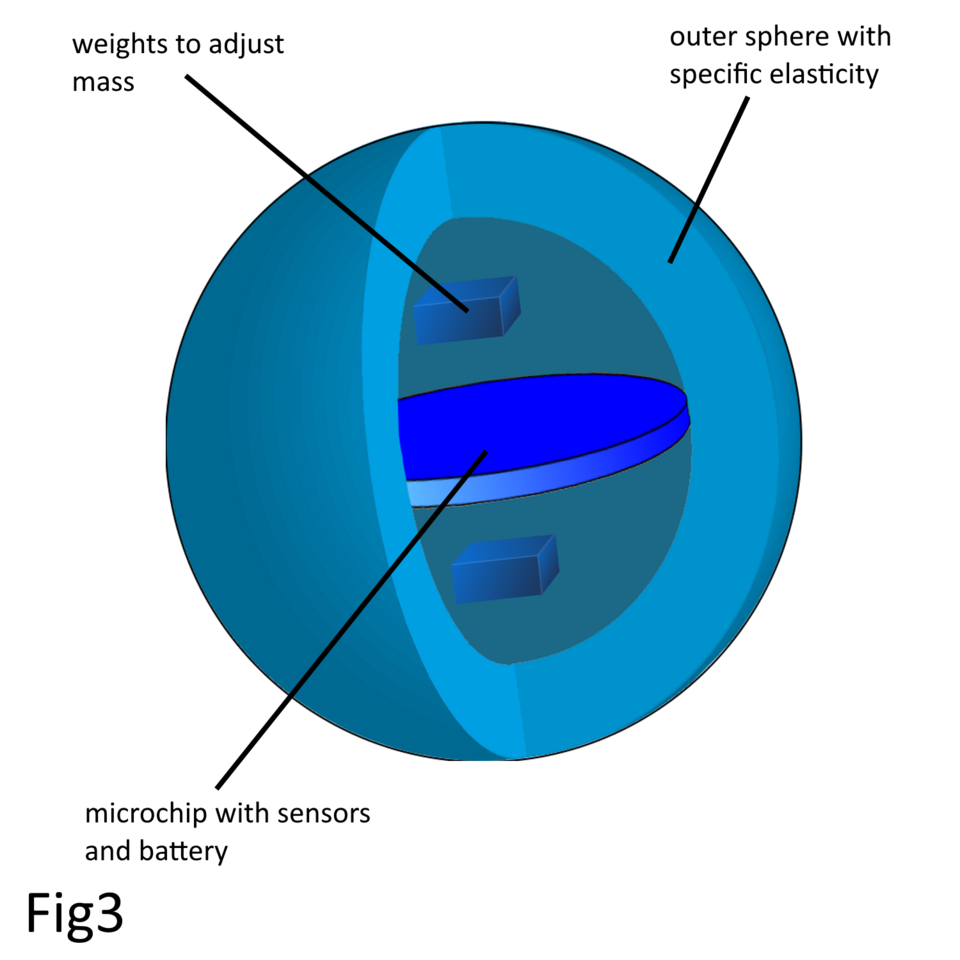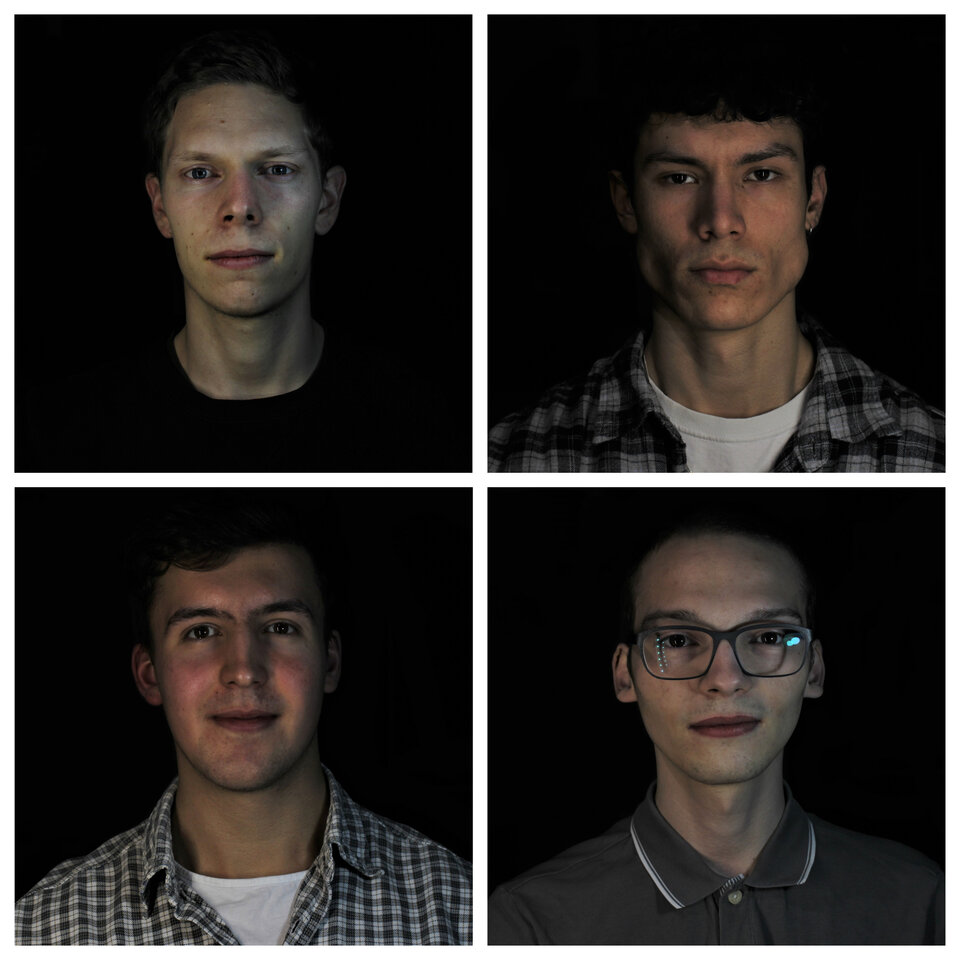Meet the team: SmartDust

We encounter granular materials such as sand, sugar or salt nearly every day. When such macroscopic particles in loose ensembles are not in permanent contact with each other, but interact by random inelastic collisions, their state is called a granular gas (in analogy to molecular gases). Their inelastic interactions cause a number of striking differences to molecular gases. The importance of granular gases for scientists is by far not restricted to the fundamental problem of multi-particle ensemble modelling. They are also interesting for numerous industrial applications and in fundamental physics, e. g. the self-organization of interstellar matter to nebulae, protoplanetary disks, or planetary rings. Thus, numerous efforts, mainly numerical simulations, but also experiments with simplified systems, have been devoted to the exploration of granular gas dynamics and structure
For large ensembles, numerical simulations of full particle interactions and realistic predictions of ensemble properties with sufficient precision are practically impossible, owing to the large number of parameters, the high frequency of collisions and the complexity of interactions. Experimentally, such systems can be realized, but sedimentation under gravitation requires that they are studied in microgravity of a good quality. This can be achieved on Earth in drop towers. Normally, the particle dynamics in experiments are derived from tracking with stereoscopic cameras. The main problem is the overlap of spheres in the frames, leading to information loss, and issues with the correct 3D detection and assignment of individual particles to retrieve velocities. Measurements of rotational motion are equally complicated.

The experiment proposed here opts to explore a completely new observation method rendering the use of video recordings merely a supplemental feature for cross-checking. With the use of small ‘intelligent’ probes called MetaMotionCapture chips (MMC's) that internally track their accelerations, rotations and other parameters in time, the dynamics of collisions and rotations may be retrieved directly, with superior precision, irrespective of the local packing fraction and optical overlaps.

Such intelligent probes are mixed with an ensemble of particles of similar shape and properties that form the dynamic background. In order to explore the dynamics of collisions, we modify the elastic and surface properties by embedding all spheres in appropriately prepared shells. The dissipative nature of the collisions can thus be controlled to a certain extent. The experiment will provide novel insights in the dynamics of granular gases, and allow direct comparison to theory.
Our team consists of 4 physics students enrolled at Otto von Guericke University Magdeburg.

